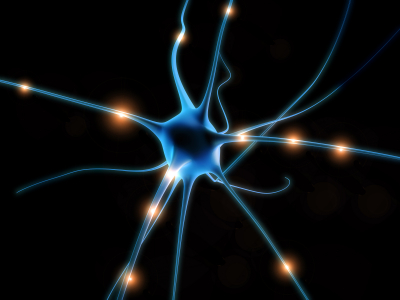SEEC Research
 Scientists believe two regions of the brain, the anterior insular cortex and the anterior cingulated cortex, play important roles in creating awareness of one’s own emotional state and the feelings of others. Scientists have also learned that regions of the brain can be “trained” to increase or decrease empathetic response.
Scientists believe two regions of the brain, the anterior insular cortex and the anterior cingulated cortex, play important roles in creating awareness of one’s own emotional state and the feelings of others. Scientists have also learned that regions of the brain can be “trained” to increase or decrease empathetic response.
Our goal is to:
- Define and conduct research projects aimed at understanding the neural basis for empathy and compassion with the specific purpose of using the insights and neuroscientific tools developed to train people to increase both empathy and compassion.
- Use functional magnetic resonance imaging (fMRI) and genetics to identify the interaction between nature and nurture on processing empathy and compassion.
- Investigate the effects of mindfulness training on these neural substrates.
- Investigate how to improve learning using computational neuroscience and real-time fMRI.
These studies will lead to novel interventions and practical techniques, distributed using innovative social networks, to enhance empathic and compassionate behaviors.
Our approach
Compassion and empathy comprise a set of interpersonal processes through which "perceivers" (individuals focusing on another person’s internal states) relate to "targets" (individuals who are the focus of perceivers’ attention).
Our central hypothesis is that individual differences in levels of empathy and compassion are due to variability in the degree to which brain systems are engaged in processing experience sharing, mentalizing, and prosocial concern.
- Experience sharing (affective empathy) involves vicariously sharing targets’ internal states (“feeling with”), but knowing that the target is the source of the emotional state in the self.
- Mentalizing (cognitive empathy) involves explicitly considering targets' states and their sources, without necessarily sharing another's state.
- Prosocial concern (compassion) characterized by a feeling of concern for a target's suffering ("feeling for") that induces a motivation to alleviate that suffering.
These component processes can be measured in the laboratory and observed in the real world. We hope to link the variation in these processes to individual differences in self-reported compassion and empathy and to develop a neural systems model predicting individual variability in multi-level assessments of compassion and empathy.